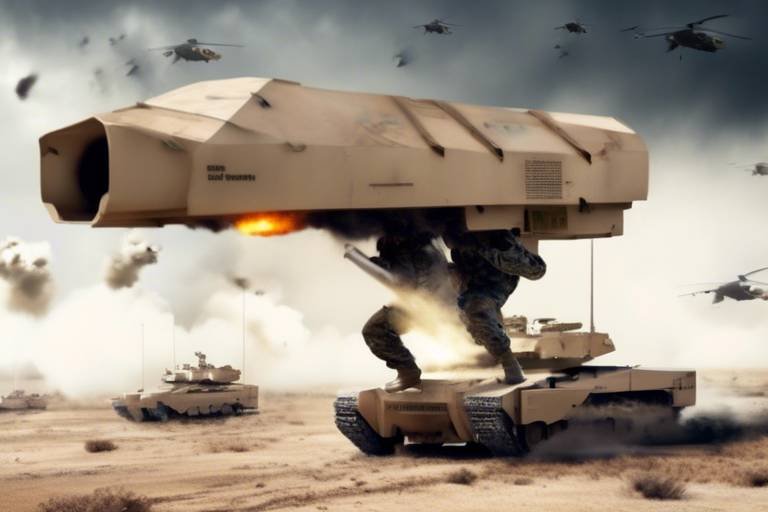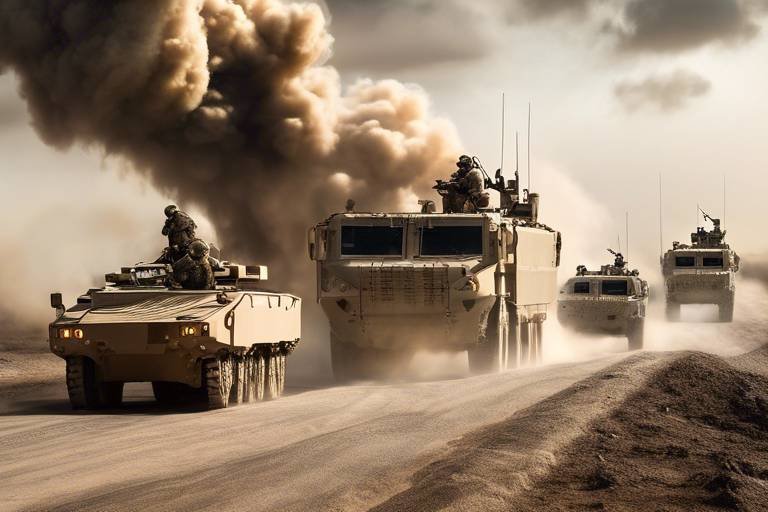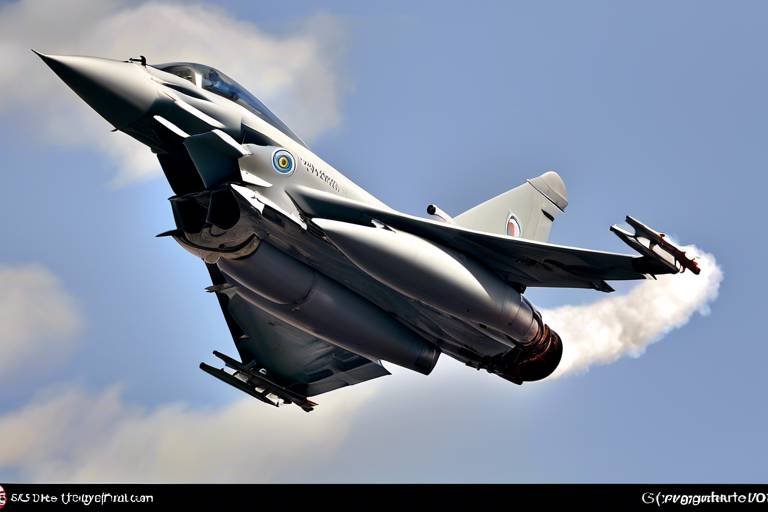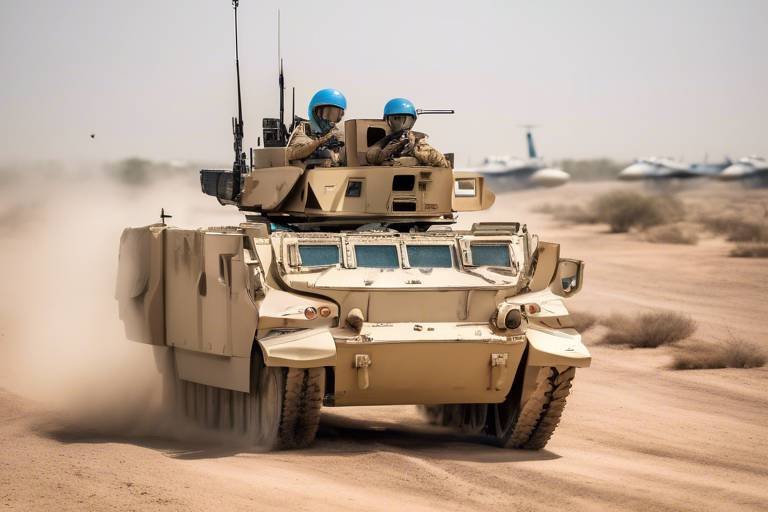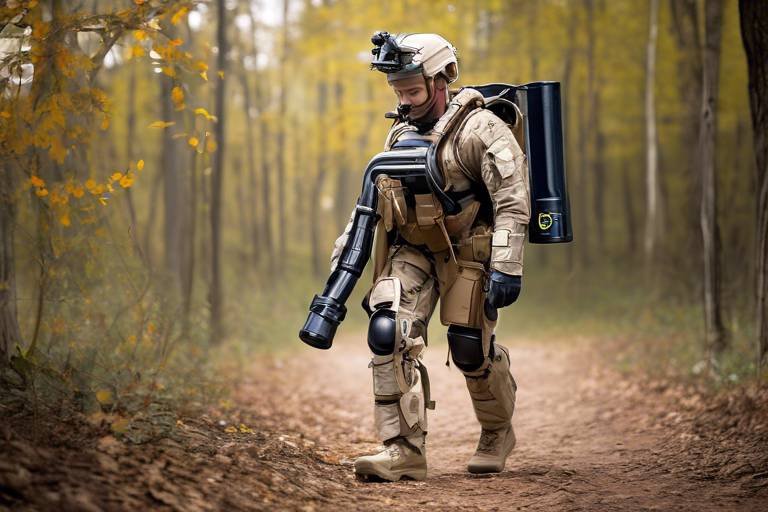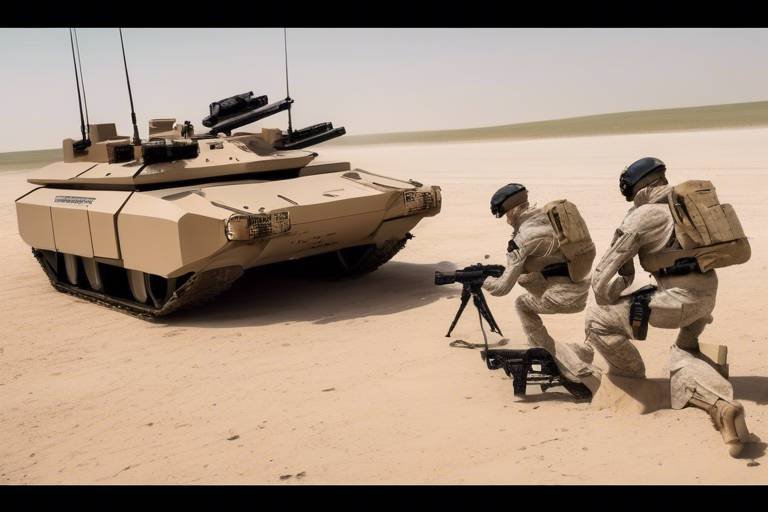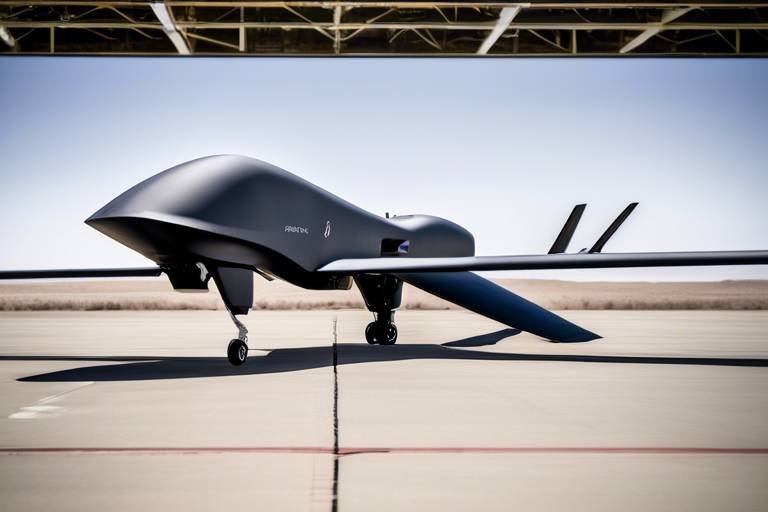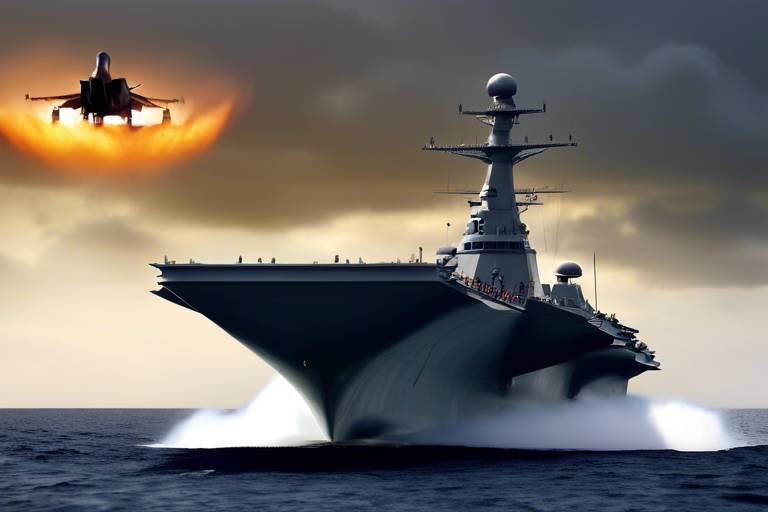The Future of Military Robotics in Combat Scenarios
The landscape of modern warfare is undergoing a dramatic transformation, largely driven by the integration of robotics technology. As we look towards the future, the role of military robotics in combat scenarios is becoming increasingly pivotal. Imagine a battlefield where soldiers are supported by advanced robotic systems that can perform a myriad of tasks, from reconnaissance to direct engagement. This evolution not only enhances operational effectiveness but also significantly improves soldier safety. The future of military robotics is not just about machines; it's about creating a synergy between human intelligence and robotic efficiency.
As we delve deeper into this topic, we will explore the latest advancements in robotics technology, the various types of military robots, and the ethical considerations that accompany their deployment. Furthermore, we will examine how these innovations are reshaping the battlefield and what this means for the future of military operations. With the rapid development of artificial intelligence and machine learning, military robots are becoming smarter, more autonomous, and capable of making real-time decisions. This shift promises to redefine the dynamics of combat and strategy in unprecedented ways.
In the coming sections, we will also highlight the potential applications of military robots in various combat scenarios. From unmanned ground vehicles (UGVs) that can traverse treacherous terrains to aerial drones that provide critical intelligence, the versatility of these systems is astounding. By leveraging robotics, military forces can reduce the risk to human life while maintaining a tactical advantage over adversaries. The future is bright for military robotics, and its impact on combat effectiveness and soldier safety cannot be overstated.
- What are military robots used for?
Military robots are utilized for a variety of tasks, including reconnaissance, logistics support, bomb disposal, and direct combat operations. Their versatility allows them to adapt to different combat scenarios effectively. - How do military robots enhance soldier safety?
By taking on high-risk tasks, military robots reduce the exposure of soldiers to dangerous situations, thereby minimizing casualties and allowing human troops to focus on strategic operations. - What are the ethical concerns surrounding military robotics?
The integration of robotics in warfare raises questions about accountability, the decision-making process of autonomous systems, and the implications of using autonomous weapons in combat. - Will robots replace soldiers in combat?
While military robots will play an increasingly important role in combat, they are designed to assist and enhance human capabilities rather than completely replace soldiers.
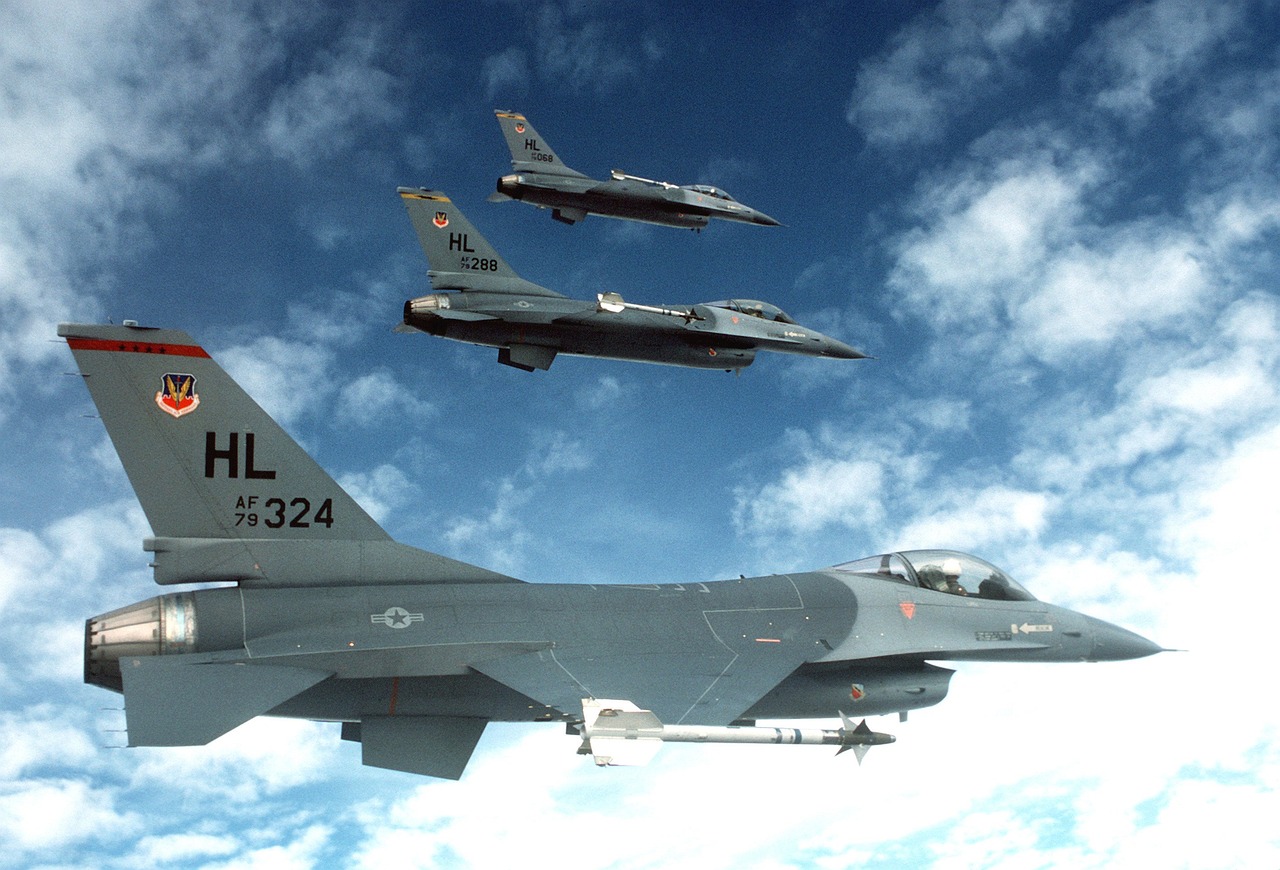
Advancements in Robotics Technology
The world of military operations is undergoing a remarkable transformation thanks to the rapid advancements in robotics technology. Imagine a battlefield where soldiers are supported by machines that can think, move, and act autonomously. This is not science fiction; it’s becoming a reality. With the integration of artificial intelligence (AI) and enhanced mobility features, military robots are becoming more effective and reliable than ever before. These innovations are not just about making robots smarter; they're about creating systems that can adapt to the chaos of combat, making decisions in real-time, and ultimately saving lives.
One of the most significant breakthroughs in robotics technology is the development of machine learning algorithms that allow robots to learn from their environment. This capability enables them to navigate complex terrains, recognize patterns, and even make tactical decisions without human intervention. For instance, a drone equipped with advanced AI can analyze aerial footage to identify enemy positions or assess damage after an attack, all while relaying critical information back to commanders on the ground. This leads to better-informed decisions and a higher chance of mission success.
Furthermore, advancements in mobility have revolutionized how military robots operate. Modern unmanned vehicles can traverse difficult terrains that would pose significant challenges to human soldiers. Whether it’s crossing rugged mountains or navigating urban environments, these robots can perform tasks that were once deemed too dangerous for personnel. For example, Unmanned Ground Vehicles (UGVs) can be deployed for bomb disposal or reconnaissance missions, effectively reducing the risks faced by soldiers. The ability to operate in diverse environments not only enhances operational efficiency but also extends the reach of military forces.
Another exciting development is the miniaturization of robotic systems. As technology advances, we see smaller, more agile robots capable of performing a variety of tasks. These compact machines can be equipped with surveillance cameras and sensors, allowing them to carry out reconnaissance missions in tight spaces where larger vehicles cannot fit. This versatility means that military units can gather intelligence without exposing themselves to danger, which is a game-changer in modern warfare.
In summary, the advancements in robotics technology are reshaping military operations in ways we could only dream of a few decades ago. With AI integration, improved mobility, and miniaturization, military robots are becoming indispensable assets on the battlefield. As we look to the future, it’s clear that these innovations will continue to enhance combat effectiveness and ensure the safety of our soldiers.
- What is the role of AI in military robotics? AI enhances the decision-making capabilities of military robots, allowing them to analyze data and respond to situations in real-time.
- How do advancements in mobility affect military operations? Improved mobility allows robots to navigate challenging terrains, increasing their effectiveness in various combat scenarios.
- What are the benefits of using smaller robotic systems? Smaller robots can perform tasks in confined spaces, gather intelligence without detection, and reduce risks to human soldiers.
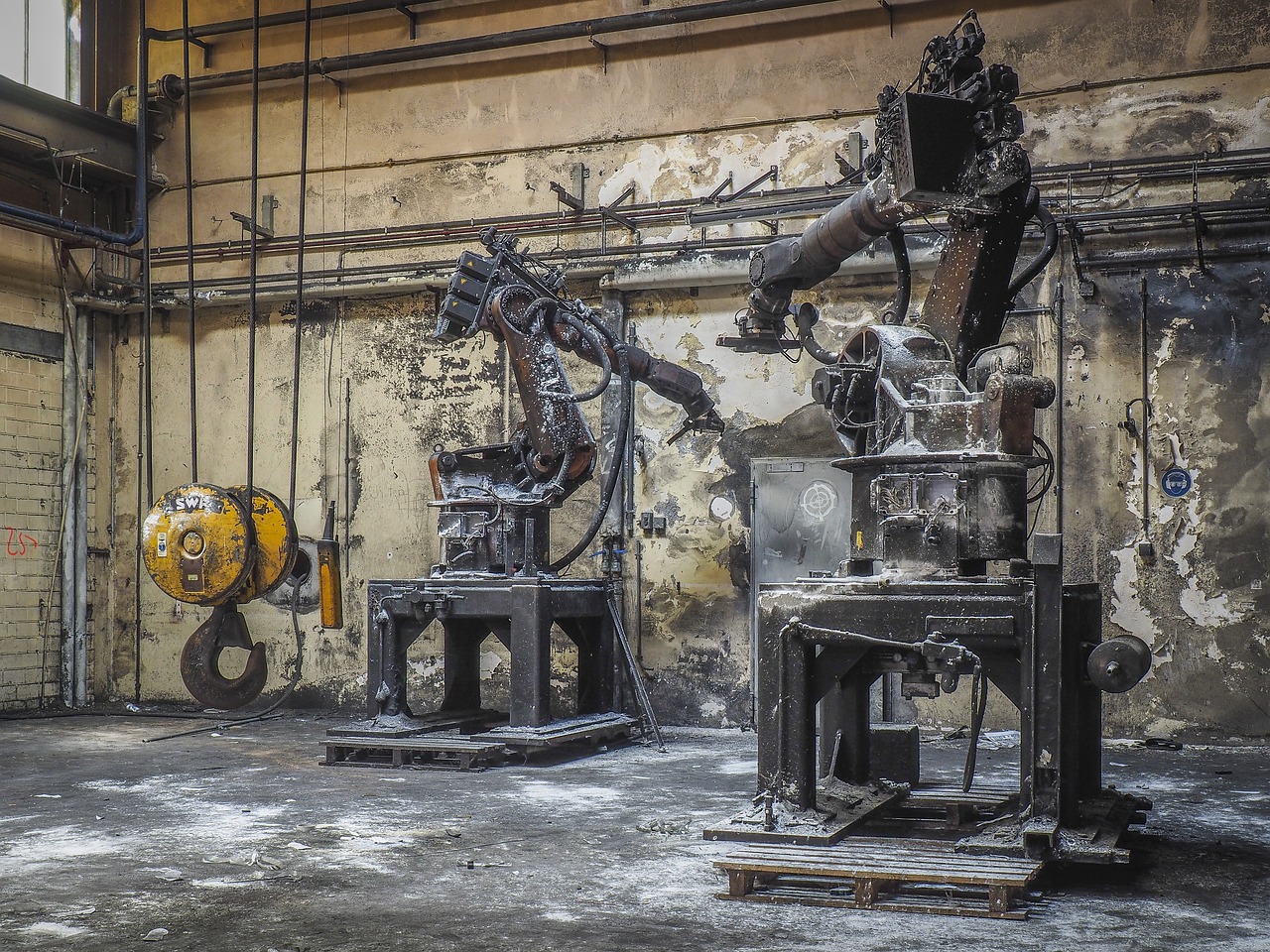
Types of Military Robots
The landscape of modern warfare is rapidly transforming, thanks to the introduction of various types of military robots. These advanced machines are not just futuristic gadgets; they are essential tools that enhance operational efficiency and effectiveness on the battlefield. Military robots can be classified into several categories, each designed for specific tasks and environments. Understanding these types helps us appreciate their diverse applications and the revolutionary changes they bring to combat scenarios.
One of the primary classifications is based on the operational environment, which includes ground, aerial, and underwater systems. Each type serves distinct purposes, showcasing their versatility in combat situations. Ground robots, for instance, are engineered to navigate the complexities of land warfare. They can perform a range of tasks from bomb disposal to logistics support, effectively reducing risks to human soldiers while boosting operational efficiency. Imagine a soldier in a hazardous area; instead of risking their life to neutralize a bomb, a ground robot can be deployed to handle the task, ensuring safety and precision.
Aerial drones are another critical component of military robotics. These flying machines are not just toys buzzing in the sky; they are equipped with advanced sensors and cameras that enable them to gather intelligence, conduct surveillance, and even carry out targeted strikes. Their ability to operate in real-time provides commanders with crucial information for informed decision-making in combat scenarios. Picture a battlefield where aerial drones provide live feeds, offering a bird's-eye view that enhances situational awareness and strategic planning.
Then we have underwater robots, which are increasingly becoming vital in naval operations. These robots can perform reconnaissance missions, mine detection, and even assist in underwater repairs. They navigate the depths of oceans and seas, where human divers would face significant risks. The deployment of underwater robots not only enhances naval capabilities but also ensures the safety of personnel involved in maritime operations.
To summarize, the types of military robots can be categorized as follows:
- Ground Robots: Unmanned Ground Vehicles (UGVs) and Robotic Combat Vehicles.
- Aerial Drones: Used for surveillance, intelligence gathering, and targeted strikes.
- Underwater Robots: Employed for reconnaissance, mine detection, and repair tasks.
As we delve deeper into the world of military robotics, it becomes evident that these machines are not merely tools but rather transformative assets that redefine how military operations are conducted. Their ability to perform high-risk tasks reduces the exposure of human soldiers to danger, allowing them to focus on strategic decisions rather than life-threatening situations. The future of military operations looks promising, with robotics at the forefront of this evolution, ensuring that our armed forces can operate more effectively and safely than ever before.
Q1: What are the main types of military robots?
A1: The main types of military robots include ground robots (like UGVs and Robotic Combat Vehicles), aerial drones, and underwater robots, each serving unique functions in military operations.
Q2: How do military robots enhance soldier safety?
A2: Military robots reduce the exposure of soldiers to dangerous situations by taking on high-risk tasks, such as bomb disposal and reconnaissance, thereby decreasing the likelihood of casualties.
Q3: What ethical concerns are associated with military robotics?
A3: Ethical concerns include accountability for actions taken by autonomous robots, the implications of using autonomous weapons systems, and ensuring compliance with international laws.
Q4: Can military robots operate autonomously?
A4: Yes, many military robots are designed to operate autonomously, utilizing advanced AI and machine learning to make decisions based on real-time data; however, the level of autonomy varies by system and mission requirements.
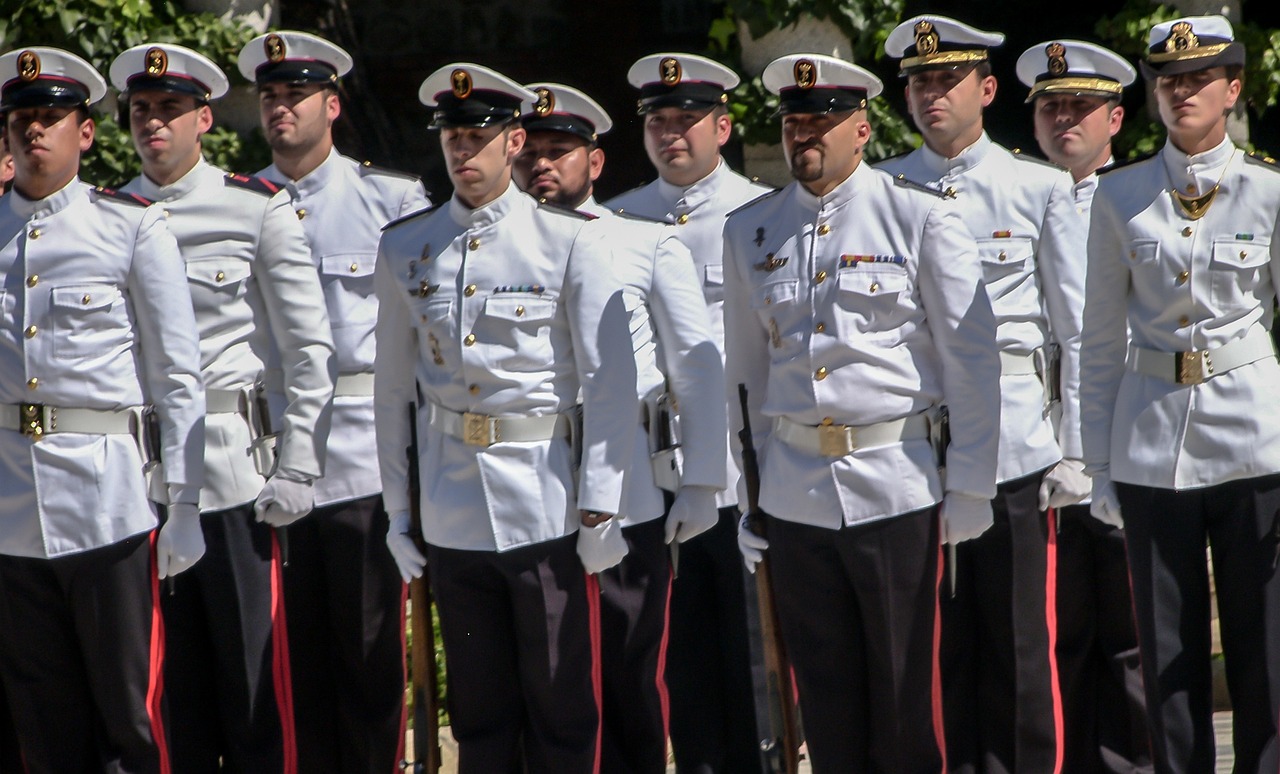
Ground Robots
Ground robots are rapidly becoming the unsung heroes of modern warfare, taking on roles that not only enhance operational efficiency but also significantly reduce risks to human soldiers. Imagine a battlefield where machines handle the most dangerous tasks, allowing our troops to strategize and execute plans from a safer distance. This shift is not just a trend; it's a revolution in how military operations are conducted. With their ability to navigate treacherous terrains and perform a variety of functions, ground robots are transforming combat scenarios in ways we could only dream of a few decades ago.
These robots can be categorized into several types based on their functions, including:
- Bomb Disposal Robots: Equipped with specialized tools, these robots are designed to safely disarm explosives, reducing the risk of injury to human personnel.
- Surveillance Robots: These machines gather intelligence in real-time, providing critical data that can inform tactical decisions without putting soldiers in harm's way.
- Logistics Support Robots: Capable of transporting supplies and equipment, these robots streamline operations, allowing for more efficient resource management on the battlefield.
One of the most significant advancements in ground robotics is the development of Unmanned Ground Vehicles (UGVs). These vehicles are designed to operate autonomously or through remote control, performing tasks that would be perilous for human soldiers. For instance, UGVs can traverse rugged terrains, making them invaluable for reconnaissance missions where human presence could alert the enemy or trigger traps. Their versatility extends to various missions, from scouting enemy positions to delivering supplies in hostile environments.
Another exciting category is Robotic Combat Vehicles, which are armed and capable of engaging in direct combat. These machines not only serve as a deterrent against enemy forces but also minimize human casualties. By deploying robotic combat vehicles, military strategists can maintain a tactical advantage without jeopardizing the lives of their soldiers. The integration of advanced weaponry and artificial intelligence into these vehicles allows for precise targeting and engagement, ensuring that operations are conducted with maximum efficiency and minimal risk.
As we look to the future, the potential applications of ground robots in military operations seem limitless. They are not just tools; they are transforming the very fabric of warfare. By taking on the most dangerous tasks, ground robots allow human soldiers to focus on strategy and execution, ensuring that they can operate effectively while remaining safe. The battlefield of tomorrow will be a place where humans and machines collaborate seamlessly, creating a new paradigm in military operations.
- What are the primary functions of ground robots in military operations? Ground robots perform various tasks, including bomb disposal, surveillance, and logistics support, enhancing operational efficiency and safety.
- How do Unmanned Ground Vehicles (UGVs) assist soldiers? UGVs can navigate difficult terrains, conduct reconnaissance, and transport supplies, thereby reducing risks to human soldiers.
- What are the benefits of using robotic combat vehicles? Robotic combat vehicles minimize human casualties while maintaining a tactical advantage in hostile environments.

Unmanned Ground Vehicles (UGVs)
Unmanned Ground Vehicles (UGVs) have emerged as a game-changer on the modern battlefield, revolutionizing how military operations are conducted. These robotic systems are designed to perform a variety of tasks that traditionally required human intervention, thus minimizing the risks associated with combat situations. Imagine a soldier equipped with a powerful ally that can navigate treacherous terrains, scout enemy positions, and even transport supplies—all without putting human lives in jeopardy. This is the reality that UGVs bring to military operations.
One of the most significant advantages of UGVs is their ability to operate in environments that are too dangerous for human soldiers. For instance, in urban warfare, where buildings may be rigged with explosives or enemy snipers lurk, deploying a UGV can provide crucial intelligence without exposing troops to immediate danger. These vehicles are equipped with advanced sensors and cameras that allow them to gather real-time data, giving commanders a strategic advantage in planning their next move.
Moreover, UGVs come in various forms, each tailored for specific missions. Some are designed for reconnaissance, equipped with high-resolution cameras and thermal imaging technology to detect enemy movements. Others focus on logistics, transporting ammunition and supplies to frontline troops. A few are even armed with weapon systems, allowing them to engage in combat directly. This versatility makes UGVs indispensable assets on the battlefield.
To illustrate the capabilities of UGVs, consider the following table that outlines their primary functions:
| Type of UGV | Primary Function | Key Features |
|---|---|---|
| Reconnaissance UGVs | Gather intelligence and monitor enemy activity | High-resolution cameras, thermal imaging, GPS navigation |
| Logistics UGVs | Transport supplies and equipment | Robust design, large cargo capacity, autonomous navigation |
| Combat UGVs | Engage in direct combat | Armed with weapons systems, advanced targeting systems |
In addition to their tactical advantages, UGVs also play a vital role in enhancing the overall efficiency of military operations. By handling mundane tasks such as supply transport and reconnaissance, they free up human soldiers to focus on more strategic roles. This shift not only improves operational effectiveness but also boosts troop morale, knowing that they have reliable robotic partners working alongside them.
However, the deployment of UGVs is not without challenges. Issues such as maintenance, reliability, and the need for effective human-robot interaction must be addressed to maximize their potential. As technology continues to advance, we can expect UGVs to become even more sophisticated, with enhanced capabilities that further reduce risks to human soldiers while increasing the effectiveness of military operations.
In conclusion, Unmanned Ground Vehicles are redefining the landscape of military operations. Their ability to perform diverse tasks while ensuring soldier safety makes them invaluable assets on the battlefield. As we look to the future, the role of UGVs is likely to expand, paving the way for even more innovative applications in military strategy.
- What are Unmanned Ground Vehicles (UGVs)? UGVs are robotic systems designed to perform various military tasks without human intervention, enhancing safety and operational efficiency.
- How do UGVs improve soldier safety? By taking on dangerous missions such as reconnaissance and logistics, UGVs reduce the exposure of human soldiers to combat situations.
- What types of UGVs exist? UGVs can be classified into reconnaissance, logistics, and combat vehicles, each serving distinct purposes in military operations.
- Are UGVs equipped with weapons? Yes, some UGVs are armed with weapons systems, allowing them to engage in direct combat when necessary.
- What is the future of UGVs in the military? As technology advances, UGVs are expected to become more sophisticated, with improved capabilities and applications in various combat scenarios.
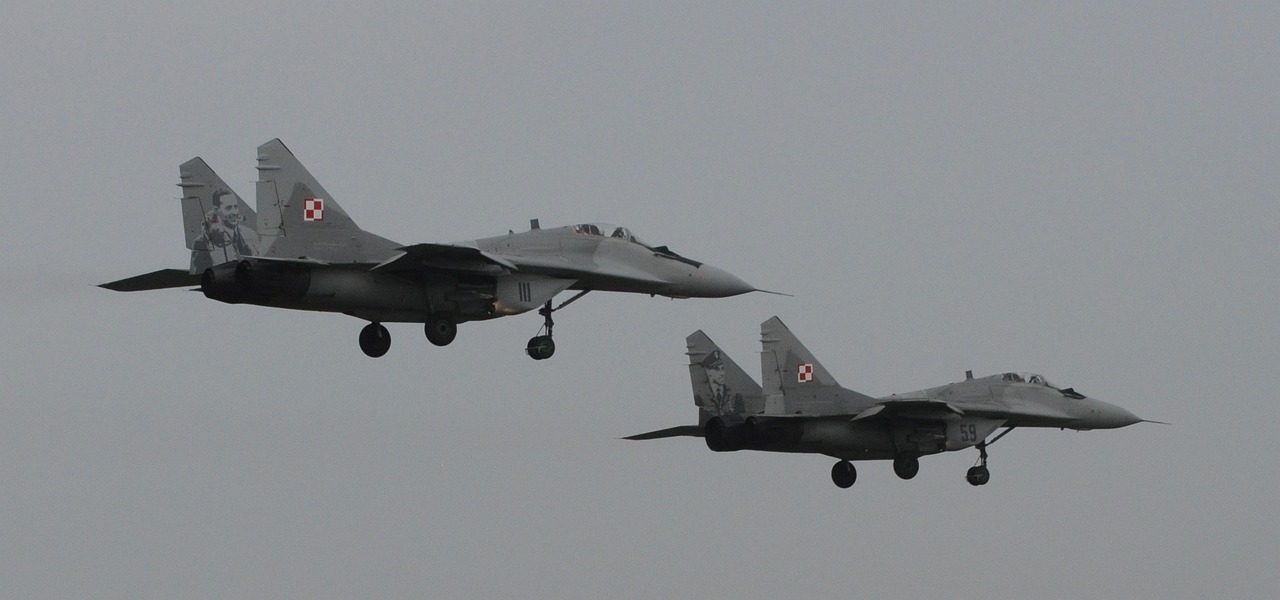
Robotic Combat Vehicles
In the ever-evolving landscape of modern warfare, robotic combat vehicles (RCVs) are emerging as formidable players on the battlefield. These advanced machines are not just metal shells; they represent a leap forward in military technology, designed to engage directly with enemy forces while keeping human soldiers out of harm's way. Imagine a scenario where a vehicle can autonomously navigate treacherous terrain, assess threats, and engage targets—all without risking a single human life. This is the reality that RCVs bring to the table.
One of the most significant advantages of robotic combat vehicles is their ability to operate in environments that are too dangerous for human troops. For instance, in urban warfare, where the risk of ambush and collateral damage is high, RCVs can scout ahead, gather intelligence, and even deliver firepower with precision. They are equipped with advanced sensors and weaponry, allowing them to identify and engage targets while minimizing the risk of civilian casualties. This capability not only enhances combat effectiveness but also adheres to the principles of modern warfare ethics.
RCVs come in various shapes and sizes, each tailored for specific combat scenarios. Some are designed for heavy fire support, armed with cannons and missile systems, while others focus on reconnaissance, equipped with cameras and sensors to relay critical battlefield information back to commanders. This versatility means that RCVs can be deployed in multiple roles, adapting to the needs of the mission at hand.
To give you a clearer picture of their functionality, here’s a brief overview of the key features of robotic combat vehicles:
| Feature | Description |
|---|---|
| Autonomy | RCVs can operate independently or be controlled remotely, allowing flexibility in combat scenarios. |
| Firepower | Equipped with advanced weapon systems, they can engage enemy forces effectively. |
| Surveillance | Integrated sensors and cameras provide real-time intelligence to commanders. |
| Durability | Designed to withstand harsh environments and enemy fire, ensuring operational longevity. |
However, the integration of RCVs into military operations is not without its challenges. There are ongoing discussions about the ethical implications of using machines in combat roles. Questions arise about accountability—if an RCV makes a mistake, who is responsible? This is a critical consideration that military leaders and policymakers must address as they continue to develop and deploy these technologies.
In conclusion, robotic combat vehicles are revolutionizing the battlefield. They not only enhance the effectiveness of military operations but also play a crucial role in safeguarding the lives of soldiers. As technology continues to advance, we can expect RCVs to become even more sophisticated, providing unprecedented support to ground forces and reshaping the future of warfare.
- What are robotic combat vehicles?
RCVs are unmanned vehicles designed for combat roles, equipped with advanced weaponry and sensors to operate autonomously or remotely. - How do RCVs improve soldier safety?
By taking on high-risk tasks, RCVs reduce the need for human soldiers to engage directly in dangerous situations. - What ethical concerns are associated with RCVs?
Concerns include accountability for actions taken by these machines and the potential for misuse in combat scenarios. - Can RCVs operate in urban environments?
Yes, RCVs are designed to navigate complex terrains, including urban settings, to carry out reconnaissance and engage in combat.
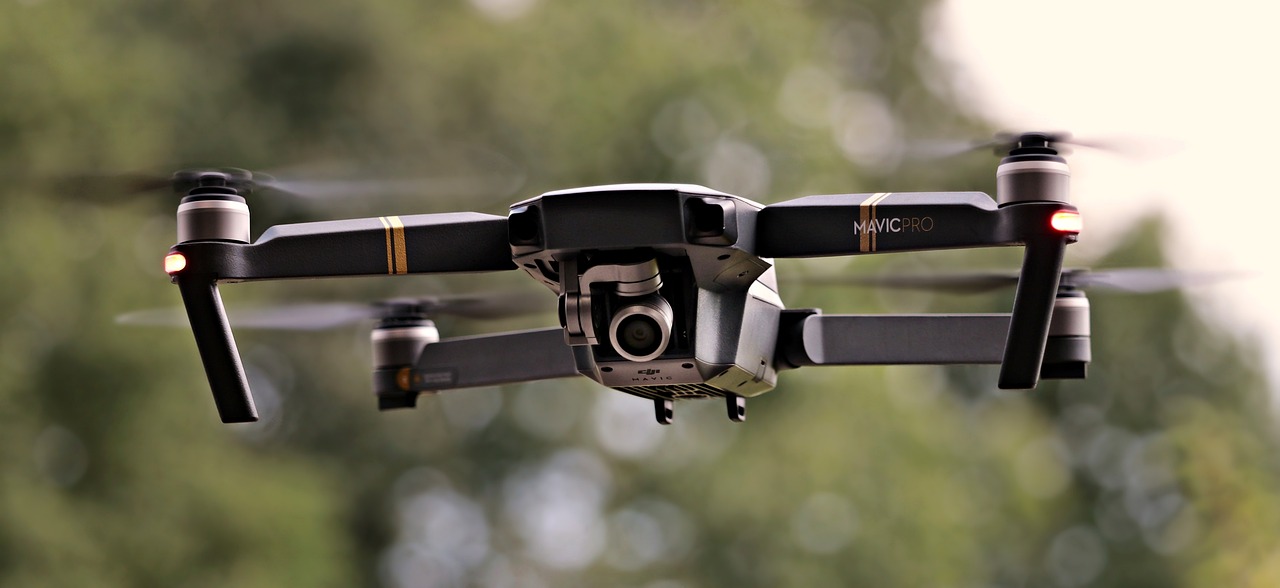
Aerial Drones
Aerial drones have become a cornerstone of modern military operations, revolutionizing how intelligence is gathered and combat strategies are executed. These remarkable machines, often referred to as Unmanned Aerial Vehicles (UAVs), offer a level of versatility and efficiency that traditional aircraft simply cannot match. Imagine having a bird's-eye view of the battlefield at all times, providing real-time data that can change the course of a mission in an instant. That's the power of aerial drones!
Equipped with advanced sensors and cameras, these drones can conduct surveillance, gather intelligence, and even execute targeted strikes with pinpoint accuracy. The integration of artificial intelligence has further enhanced their capabilities, allowing them to process vast amounts of data and make split-second decisions. This means that commanders on the ground have access to crucial information that can inform their strategies, leading to more effective operations and improved outcomes.
One of the most significant advantages of aerial drones is their ability to operate in environments that may be too dangerous for human pilots. They can fly at high altitudes, avoid enemy fire, and navigate through challenging terrains without putting lives at risk. This not only protects military personnel but also allows for missions to be carried out with a greater degree of stealth and precision.
Furthermore, the operational costs associated with drones are significantly lower than those of traditional manned aircraft. They require less fuel, maintenance, and training, making them an economically viable option for military forces worldwide. As technology continues to advance, we can expect to see even more sophisticated drones entering the battlefield, equipped with enhanced capabilities such as:
- Improved Endurance: Longer flight times enable extended surveillance missions.
- Enhanced Payloads: The ability to carry more advanced weaponry and sensors.
- Autonomous Operations: Drones that can operate independently or in swarms, coordinating attacks or reconnaissance missions without constant human control.
However, the rise of aerial drones also brings about ethical and operational challenges. The ability to conduct strikes from thousands of miles away raises questions about accountability and the potential for collateral damage. As military forces increasingly rely on these technologies, it is essential to establish clear guidelines and protocols to ensure their responsible use.
In summary, aerial drones are not just a trend; they are a transformative force in military operations. Their ability to provide real-time intelligence, carry out surveillance, and strike targets with precision makes them invaluable assets on the modern battlefield. As we look to the future, the role of aerial drones will undoubtedly expand, shaping the way wars are fought and redefining the landscape of military strategy.
1. What are aerial drones used for in military operations?
Aerial drones are primarily used for surveillance, intelligence gathering, reconnaissance, and targeted strikes. They provide real-time data to commanders and can operate in high-risk environments without endangering human lives.
2. How do aerial drones enhance soldier safety?
By taking on high-risk missions, aerial drones reduce the exposure of soldiers to dangerous situations. This allows human troops to focus on strategic roles while drones handle dangerous operations, ultimately leading to fewer casualties.
3. Are there ethical concerns surrounding the use of aerial drones?
Yes, the use of aerial drones raises several ethical questions, particularly regarding accountability for strikes and the potential for collateral damage. It is essential to establish clear guidelines for their use to ensure responsible deployment.
4. What advancements can we expect in aerial drone technology?
Future advancements may include improved endurance, enhanced payload capabilities, and the development of fully autonomous drones capable of executing complex missions with minimal human intervention.
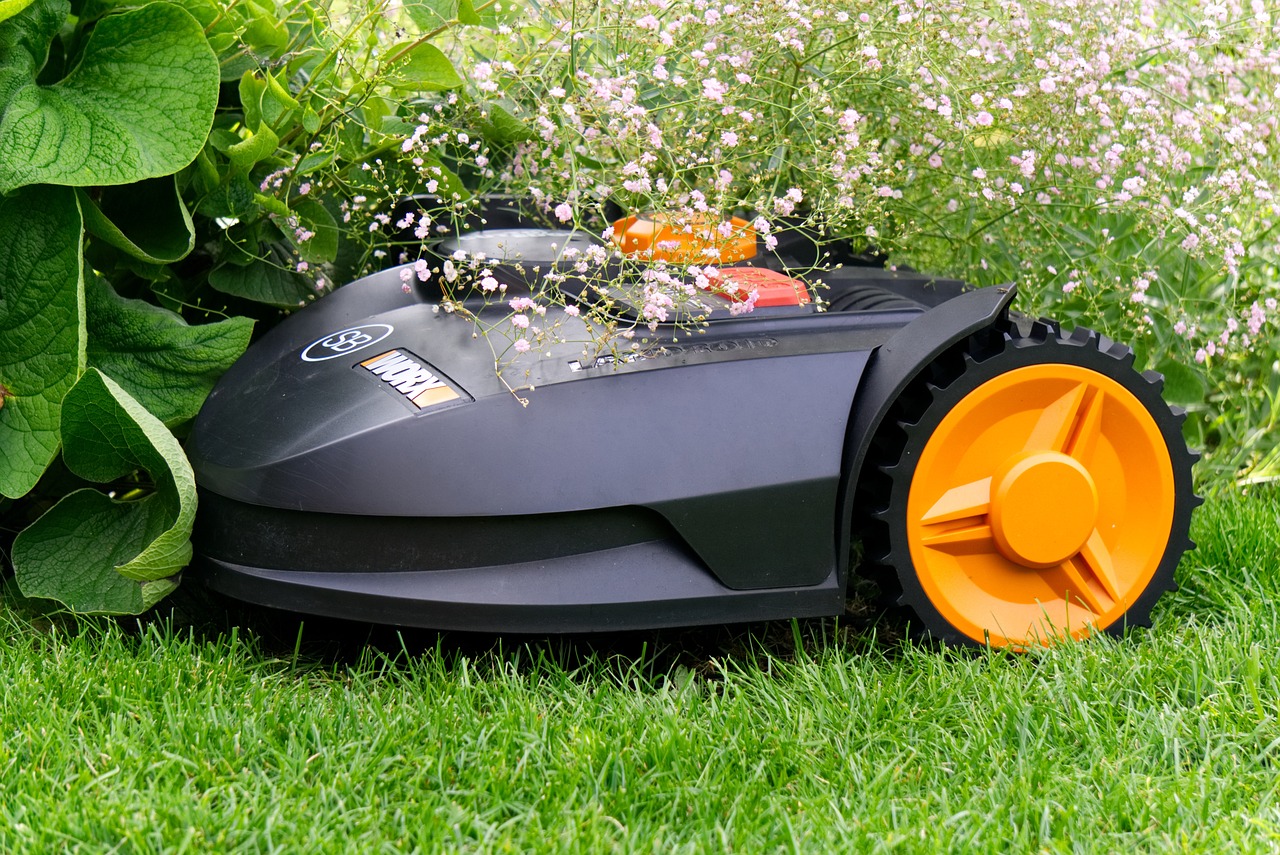
Ethical Considerations in Military Robotics
The integration of robotics into military operations is not just a technological leap; it also brings forth a myriad of ethical considerations that demand our attention. As we stand on the brink of a new era in warfare, the implications of using machines to make life-and-death decisions challenge our traditional notions of accountability and morality. For instance, when an autonomous robot makes a decision that leads to civilian casualties, who is held responsible? Is it the programmer, the military commander, or the machine itself? These questions are not merely academic; they have real-world consequences that could shape the future of warfare.
One of the most pressing issues revolves around accountability and responsibility. In conventional warfare, soldiers are trained to make decisions based on rules of engagement and ethical guidelines. However, with the rise of autonomous systems, the chain of command becomes blurred. Establishing clear guidelines for the use of these technologies is crucial. It is essential that military organizations create robust frameworks that define the limits of robotic engagement and ensure that human oversight remains a fundamental aspect of military operations.
Moreover, the development of autonomous weapons systems raises significant ethical dilemmas. These systems can operate independently, making decisions without human intervention. This autonomy poses a risk of unintended consequences, such as the potential for machines to misinterpret commands or misidentify targets. The debate surrounding these systems is fierce, with proponents arguing that they can reduce human error and increase efficiency, while critics warn of the dangers of relinquishing control to machines.
In addition, there are concerns about the implications for civilian safety. As robotic systems become more prevalent in combat, the risk of collateral damage increases. The challenge lies in ensuring that these technologies adhere to international laws and humanitarian principles. Military forces must prioritize the protection of civilians and minimize harm, even in the heat of battle. To address these concerns, it is vital to foster open discussions among military leaders, ethicists, and technologists to create a shared understanding of the responsibilities associated with military robotics.
Ultimately, as we embrace the future of military robotics, we must navigate these ethical waters carefully. The decisions we make today will shape the landscape of warfare for generations to come. It is imperative that we balance the benefits of technological advancements with a commitment to ethical principles, ensuring that our use of robotics in combat serves humanity's best interests.
- What are the primary ethical concerns regarding military robotics?
The main concerns include accountability for actions taken by autonomous systems, the implications of autonomous weapons, and the impact on civilian safety. - Who is responsible for the actions of autonomous military robots?
Responsibility can be complex, involving programmers, military commanders, and the ethical frameworks established by military organizations. - How can military organizations ensure ethical use of robotics?
By establishing clear guidelines, maintaining human oversight, and fostering discussions among stakeholders, military organizations can promote responsible use of robotics. - What role do international laws play in the use of military robotics?
International laws and humanitarian principles are critical in ensuring that military robotics are used in a manner that protects civilian lives and adheres to ethical standards.

Accountability and Responsibility
The rise of military robotics in combat scenarios has sparked a heated debate around the concepts of accountability and responsibility. As we integrate more autonomous systems into military operations, the question looms: who is responsible when a robot makes a decision that leads to unintended consequences? This complexity arises from the fact that these machines operate based on algorithms and artificial intelligence, which can sometimes behave unpredictably. The challenge lies in establishing a framework that clearly delineates responsibility among developers, military personnel, and the machines themselves.
To tackle this issue effectively, it is essential to develop clear guidelines that govern the deployment and operation of military robots. This involves creating a set of standards that not only outline operational protocols but also specify the accountability measures in place should a robotic system err. For instance, if an autonomous drone mistakenly targets a civilian area, determining whether the fault lies with the operator, the programmer, or the machine itself can be incredibly convoluted.
Furthermore, the military must consider the ethical implications of using autonomous systems. The decision-making processes of these robots need to be transparent, ensuring that human operators can understand and intervene in real-time if necessary. This not only enhances accountability but also fosters trust in technology among military personnel. The integration of human oversight is crucial; it serves as a safety net, ensuring that even in the event of an autonomous decision, a human can step in to rectify the situation.
Another aspect to consider is the potential for legal ramifications. As military robotics evolve, so too must the legal frameworks that govern their use. This includes international laws that dictate the rules of engagement and the protection of civilians during conflicts. Establishing accountability in this realm is vital to uphold the principles of warfare and prevent violations that could lead to severe consequences for nations and their armed forces.
In summary, while military robotics present exciting opportunities to enhance operational efficiency and soldier safety, they also introduce significant challenges regarding accountability and responsibility. It is imperative that military leaders, ethicists, and technologists collaborate to create a robust framework that addresses these concerns, ensuring that the deployment of robotic systems is not only effective but also ethical.
- What is the role of accountability in military robotics?
Accountability in military robotics ensures that there are clear guidelines and responsible parties in case of errors or unintended consequences caused by autonomous systems. - How can we ensure ethical use of military robots?
Establishing human oversight, transparency in decision-making processes, and adhering to international laws can help ensure the ethical use of military robots. - Who is responsible if a military robot causes harm?
The responsibility can fall on various parties, including the developers, military operators, or the machine itself, depending on the circumstances of the incident.
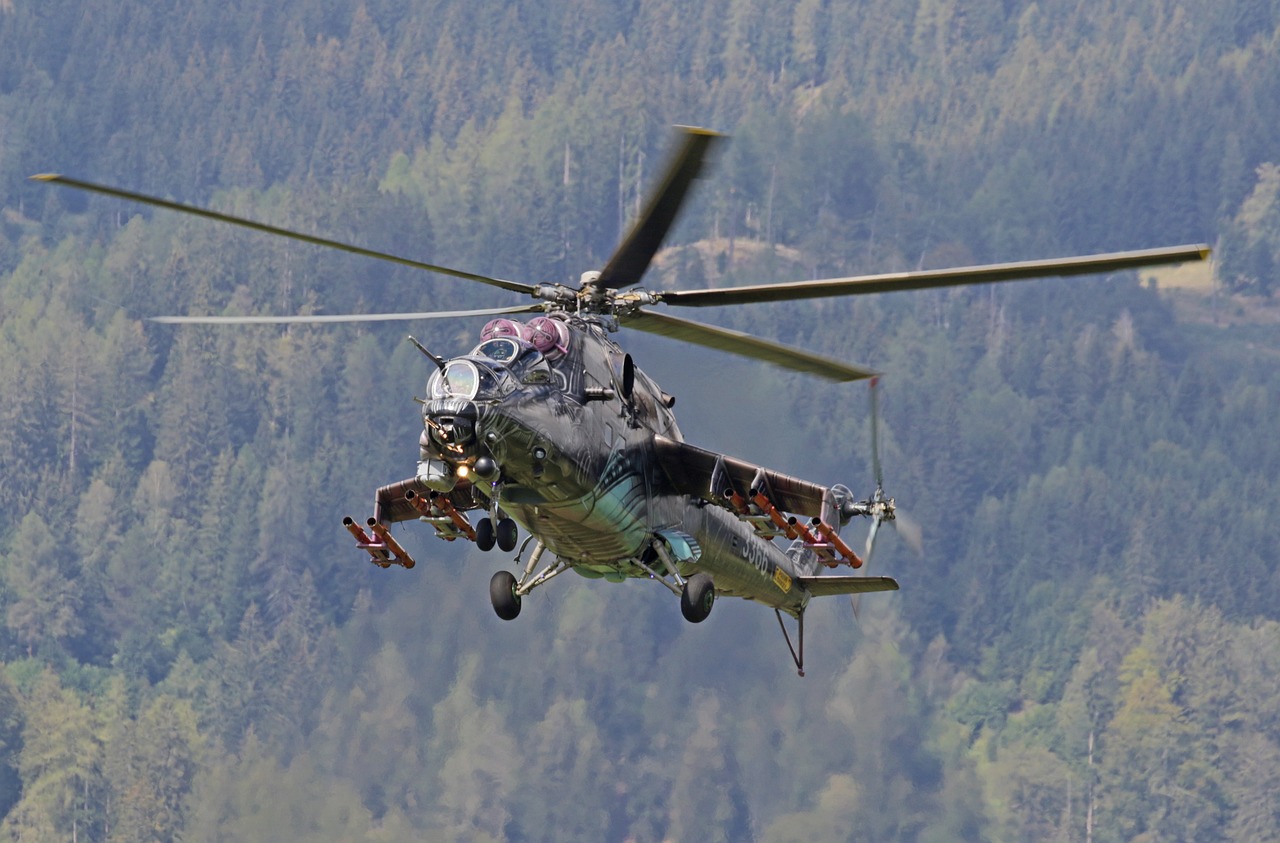
Autonomous Weapons Systems
As we delve into the realm of , it’s essential to recognize the profound implications these technologies hold for the future of warfare. Imagine a battlefield where machines make life-and-death decisions within mere seconds, devoid of human intervention. This scenario is no longer confined to science fiction; it’s rapidly becoming a reality. Autonomous weapons, equipped with advanced artificial intelligence, are designed to identify, engage, and neutralize targets with minimal human oversight. While this could lead to increased efficiency on the battlefield, it raises a plethora of ethical and operational questions.
One of the most pressing concerns is the issue of accountability. If an autonomous weapon system mistakenly targets civilians or fails to engage a legitimate threat, who is held responsible? The developer, the military commander, or the machine itself? These dilemmas necessitate the establishment of robust guidelines and regulations to govern the deployment of such technologies. Without clear accountability, we risk entering a murky territory where the lines between right and wrong become blurred.
Moreover, the potential for misuse of autonomous weapons cannot be overlooked. In the wrong hands, these systems could be employed for malicious purposes, leading to unintended escalations in conflict. The prospect of rogue states or non-state actors utilizing autonomous drones for terrorist activities poses a significant threat to global security. As we advance technologically, the international community must engage in dialogue to create frameworks that prevent the proliferation of these dangerous systems.
Despite these concerns, proponents argue that autonomous weapons can enhance operational efficiency and reduce human casualties. By delegating high-risk tasks to machines, military forces can protect their personnel while achieving mission objectives. For instance, consider the following potential benefits:
- Precision Strikes: Autonomous systems can analyze vast amounts of data quickly, allowing for more accurate targeting and reduced collateral damage.
- Reduced Human Error: Human decision-making can be influenced by emotions and fatigue; machines operate based on algorithms, potentially leading to more rational outcomes.
- Increased Operational Reach: Autonomous weapons can operate in environments that are too dangerous for human soldiers, such as contaminated zones or areas under heavy fire.
In conclusion, while autonomous weapons systems present exciting possibilities for enhancing military effectiveness, we must tread carefully. The ethical implications, accountability concerns, and potential for misuse require thorough examination and international cooperation. As we stand on the brink of this technological revolution, it is imperative to strike a balance between innovation and responsibility, ensuring that the deployment of autonomous systems aligns with our moral and ethical standards.
- What are autonomous weapons systems?
Autonomous weapons systems are military technologies capable of identifying and engaging targets without direct human intervention, using artificial intelligence to make decisions in real-time. - What are the ethical concerns surrounding autonomous weapons?
Key ethical concerns include accountability for mistakes, potential misuse by rogue actors, and the moral implications of allowing machines to make life-and-death decisions. - Can autonomous weapons reduce soldier casualties?
Yes, by taking on high-risk tasks, autonomous weapons can protect human soldiers from dangerous situations, potentially reducing casualties in combat scenarios. - How can we regulate the use of autonomous weapons?
Establishing international agreements and guidelines is crucial to prevent misuse and ensure responsible deployment of autonomous weapons systems.
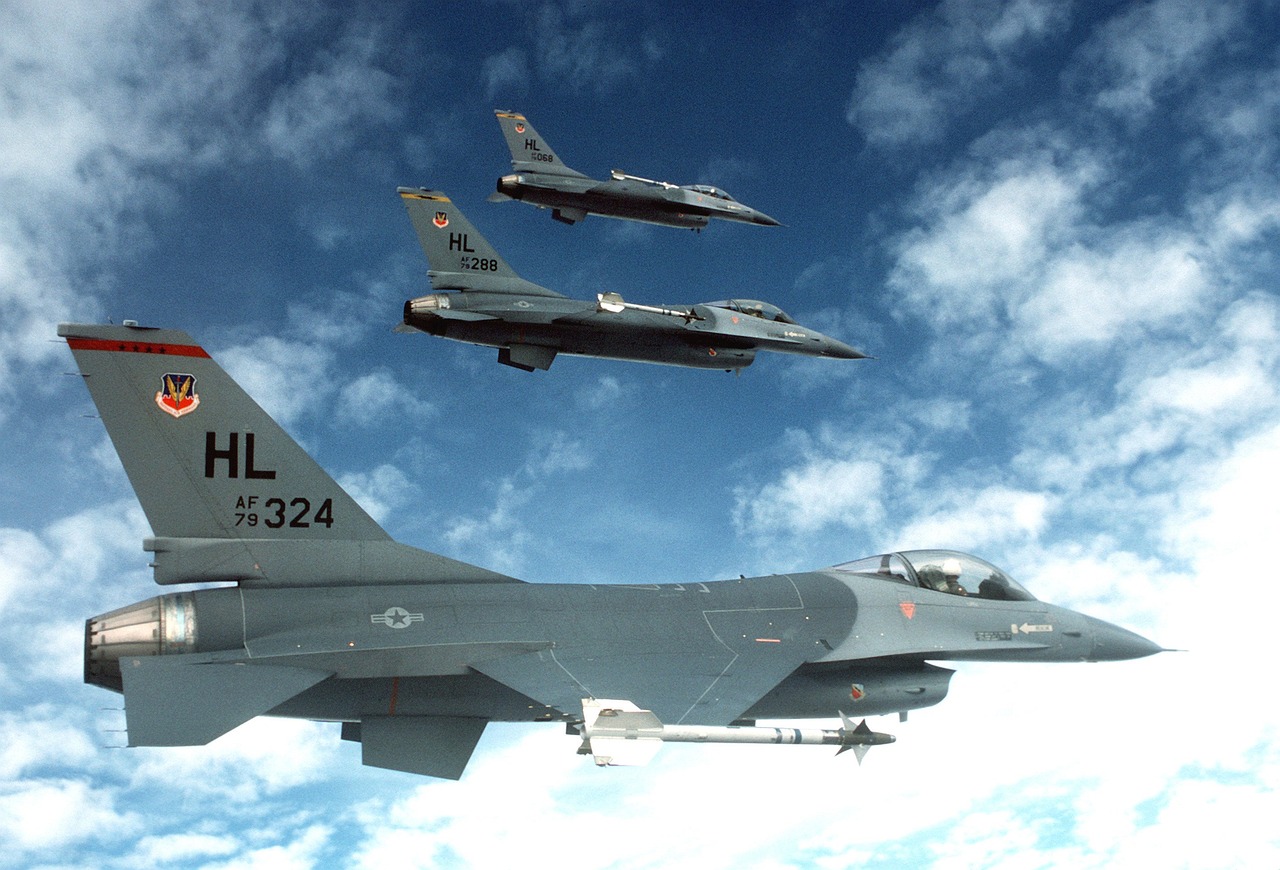
Impact on Soldier Safety
The integration of military robotics into combat scenarios is not just a technological advancement; it’s a revolution that profoundly enhances soldier safety. Imagine a battlefield where soldiers are no longer the first line of defense but rather strategists and decision-makers, while robots take on the most dangerous tasks. This shift is not just about saving lives; it’s about changing the entire landscape of military operations.
One of the most significant benefits of using robots in combat is their ability to reduce casualties. By deploying unmanned systems for high-risk operations, such as bomb disposal or reconnaissance in hostile territories, the military can significantly lower the likelihood of human soldiers encountering life-threatening situations. For instance, consider the use of Unmanned Ground Vehicles (UGVs) that can navigate through minefields or areas with potential ambushes. This capability allows human troops to remain at a safer distance, effectively minimizing their exposure to danger.
Moreover, military robots are equipped with advanced technologies that enable them to perform tasks that would be too risky for humans. For example, aerial drones can conduct surveillance over enemy positions without putting pilots at risk, while robotic combat vehicles can engage in direct combat operations, reducing the need for soldiers to face enemy fire. The presence of these robots not only enhances operational efficiency but also boosts the morale of the troops, knowing that they have support in the form of reliable technology.
In addition to direct combat support, military robots can also provide essential logistical aid and medical assistance during missions. Imagine a scenario where a soldier is injured on the battlefield; a robotic medic can be deployed to assess the situation and provide immediate care, all while ensuring that human medics remain safe from potential threats. This capability to support troops in real-time is a game-changer, as it allows for quicker response times and better overall outcomes in critical situations.
To illustrate the impact of military robotics on soldier safety, let’s take a look at a comparison of traditional combat roles versus those enhanced by robotics:
| Combat Role | Traditional Approach | Robotics Enhanced Approach |
|---|---|---|
| Reconnaissance | Human scouts in dangerous areas | Unmanned drones conducting surveillance |
| Bomb Disposal | Human EOD (Explosive Ordnance Disposal) teams | Robotic systems handling explosives |
| Medical Assistance | Human medics exposed to danger | Robotic medics providing care remotely |
As we move forward, the potential applications of military robots will only expand, further solidifying their role in enhancing soldier safety. The ongoing development of advanced robotics technology promises to equip our military forces with tools that not only protect lives but also improve the overall effectiveness of missions. With each advancement, we are not just witnessing a change in how wars are fought; we are witnessing a fundamental transformation in how we think about military engagement and the safety of those who serve.
- How do military robots reduce soldier casualties? Military robots take on high-risk tasks, allowing human soldiers to remain at a safer distance from danger.
- What types of support can military robots provide? They can offer logistical aid, medical assistance, and conduct reconnaissance without exposing human personnel to threats.
- Are there ethical concerns regarding the use of military robots? Yes, ethical considerations include accountability for actions taken by autonomous systems and the implications for civilian safety.
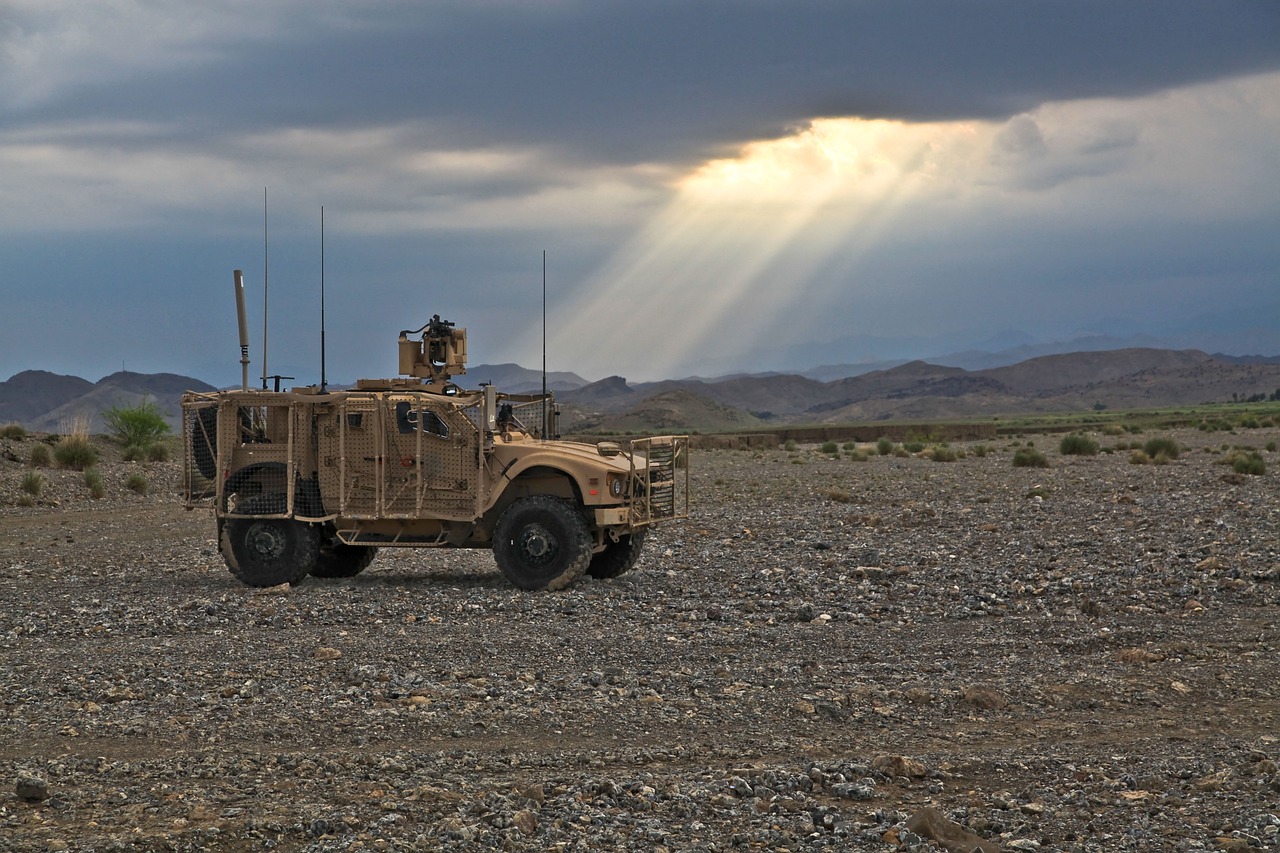
Reducing Casualties
The advent of military robotics is not just a technological marvel; it is a game changer when it comes to saving lives on the battlefield. Imagine a scenario where soldiers are deployed to a hostile environment, and instead of sending them into the line of fire, we can deploy unmanned systems to handle the most dangerous tasks. This shift not only minimizes risks but also enhances the overall effectiveness of military operations. By utilizing robots for high-risk missions, the likelihood of soldier casualties significantly decreases, allowing human troops to focus on strategic objectives rather than survival.
Consider bomb disposal, for example. Traditionally, this task would require a highly trained soldier to approach potentially explosive devices. Now, with the use of Unmanned Ground Vehicles (UGVs), these dangerous missions can be executed remotely. The robots can assess the situation, neutralize threats, and gather intelligence without putting human lives at risk. This not only protects our soldiers but also allows for a more efficient response to threats.
Moreover, the integration of robotics in combat scenarios provides a layer of protection that was previously unimaginable. For instance, aerial drones can be deployed to gather intelligence or conduct surveillance in enemy territory. Instead of risking a pilot's life, these drones can collect crucial data and relay it back to commanders in real-time, enabling informed decision-making without jeopardizing personnel. The ability to conduct reconnaissance from a safe distance transforms how military operations are carried out, ensuring that our troops are not exposed to unnecessary danger.
In addition to direct combat roles, military robots also play a crucial support role. They are capable of delivering supplies, providing medical assistance, and even evacuating injured soldiers from the battlefield. This multifaceted approach to support not only enhances operational efficiency but also contributes to the overall safety of the troops. By having robots handle logistical challenges, soldiers can concentrate on their primary mission objectives, knowing that their safety is being prioritized.
To illustrate the impact of military robotics on casualty reduction, consider the following table:
| Task | Traditional Method | Robotic Method | Casualty Risk Reduction |
|---|---|---|---|
| Bomb Disposal | Human Operative | UGV | High to Low |
| Reconnaissance | Pilot in Aircraft | Aerial Drone | High to Low |
| Supply Delivery | Human Convoy | Supply Drone | Medium to Low |
As we move forward, the role of military robots in reducing casualties will continue to expand. The technology is evolving rapidly, and with each advancement, we are inching closer to a future where the safety of our soldiers is paramount. The integration of robotics not only enhances operational capabilities but also serves as a critical tool in preserving human life. In essence, military robotics is not just about technology; it's about ensuring that our brave men and women return home safely.
- What are military robots primarily used for? Military robots are used for various tasks including reconnaissance, bomb disposal, and logistical support.
- How do military robots reduce casualties? By taking on high-risk tasks, military robots minimize the exposure of human soldiers to dangerous situations.
- Are military robots autonomous? Some military robots are fully autonomous, while others are remotely operated by human operators.
- What are the ethical concerns surrounding military robotics? Ethical concerns include accountability for actions taken by robots and the implications of autonomous weapons systems.
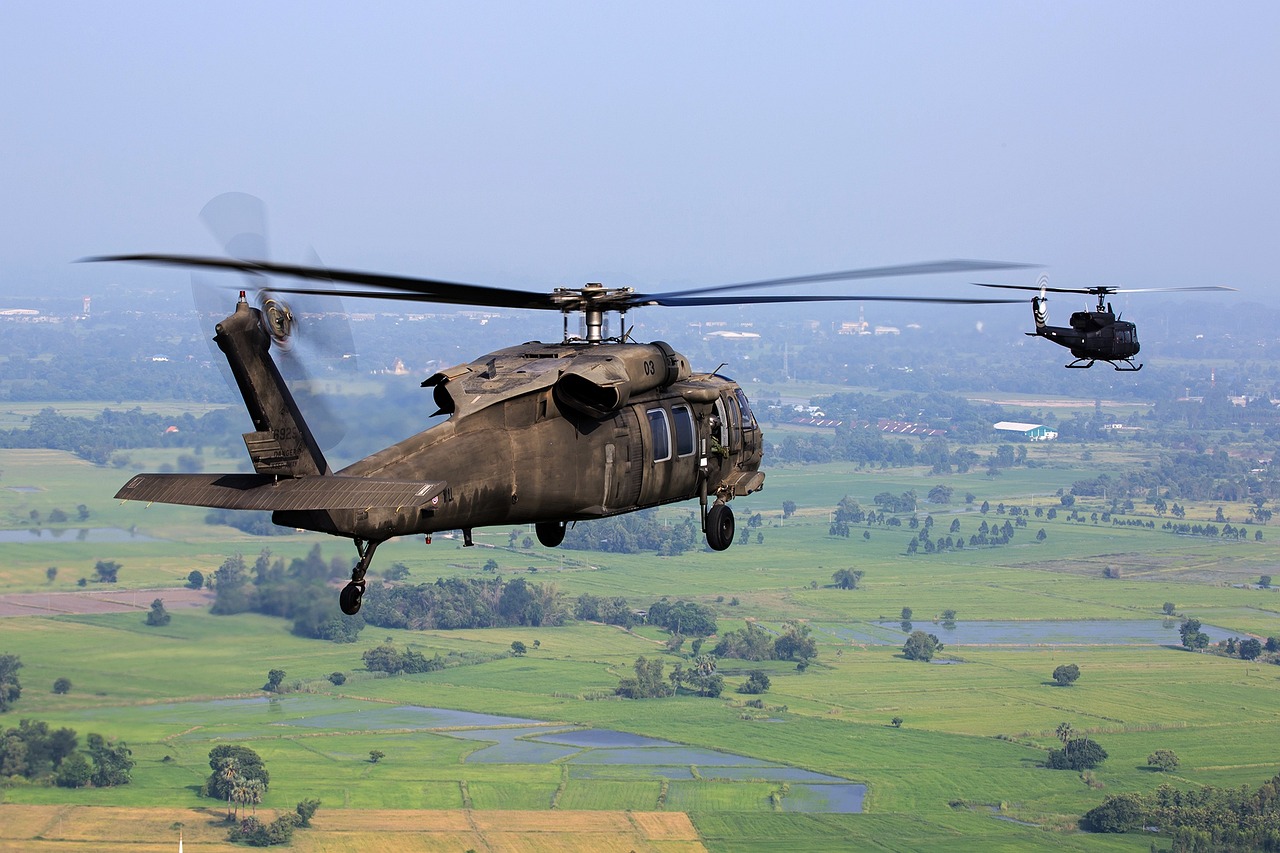
Supporting Troops in Combat
In the ever-evolving landscape of military operations, the integration of robotics is proving to be a game-changer, especially when it comes to . Imagine a battlefield where soldiers are not just equipped with weapons but also backed by advanced robotic systems that can assist them in real-time. This is not science fiction; it's the reality of modern warfare. Robotics technology is designed to enhance the capabilities of our armed forces, ensuring that they can perform their duties more effectively while minimizing risks to their lives.
One of the most significant contributions of military robots is their ability to provide real-time support. Whether it’s delivering supplies, offering medical assistance, or conducting reconnaissance missions, these machines are designed to handle tasks that would otherwise put human lives at risk. For instance, consider a scenario where a unit is pinned down by enemy fire; a robotic support system can deliver critical supplies or even evacuate injured soldiers without exposing more troops to danger. This capability not only saves lives but also boosts the morale of the troops, knowing that they have a reliable support system working alongside them.
Moreover, the presence of military robots on the battlefield allows soldiers to focus on their primary objectives without the distraction of logistical challenges. For example, if a squad is tasked with a critical mission, they can rely on robots to handle mundane yet essential tasks like resupply and communication. This division of labor enhances operational efficiency and allows human troops to concentrate on strategic roles that require their unique skills and judgment.
To illustrate this further, let’s take a look at a few key functions that military robots perform in combat scenarios:
- Medical Assistance: Robots can be deployed to provide immediate medical care to injured soldiers, ensuring they receive treatment as quickly as possible.
- Logistical Aid: These machines can transport supplies, ammunition, and equipment to the front lines, reducing the burden on soldiers.
- Surveillance and Reconnaissance: Robots equipped with cameras and sensors can gather intelligence without putting human lives at risk.
Furthermore, the emotional support that military robots can provide should not be underestimated. In high-stress environments, the presence of a robotic companion can alleviate some of the mental burdens faced by soldiers. Just like a trusty dog that accompanies a soldier, robots can serve as a source of comfort and reliability, helping to maintain focus and determination during challenging missions.
In conclusion, the role of military robots in supporting troops in combat is multifaceted and invaluable. As technology continues to advance, we can expect these systems to become even more sophisticated, further enhancing the safety and effectiveness of our armed forces. The future of warfare is not just about firepower; it's about leveraging technology to protect those who serve and ensuring they have every possible advantage on the battlefield.
Q1: How do military robots enhance soldier safety?
A1: Military robots take on high-risk tasks, allowing human soldiers to remain safe from potential threats. They can handle logistics, reconnaissance, and even medical emergencies, reducing the likelihood of casualties.
Q2: What types of support do military robots provide?
A2: Military robots can provide medical assistance, logistical support, surveillance, and reconnaissance, ensuring that soldiers have the resources they need to succeed in their missions.
Q3: Are military robots fully autonomous?
A3: While some military robots operate autonomously, many are designed to work alongside human operators, enhancing their capabilities without completely replacing human judgment.
Q4: How does the use of robots affect troop morale?
A4: The presence of robotic support can boost troop morale by providing reassurance and reliability, knowing that they have advanced technology assisting them in challenging situations.
Frequently Asked Questions
- What are the main types of military robots used in combat?
Military robots can be classified into several categories, including ground robots, aerial drones, and underwater systems. Each type serves unique purposes, such as reconnaissance, surveillance, and direct engagement, showcasing their versatility in various combat scenarios.
- How do advancements in robotics technology impact military operations?
Recent innovations, particularly in AI integration and enhanced mobility, are revolutionizing military operations. These advancements improve the effectiveness and reliability of unmanned systems, making them indispensable in combat situations.
- What are Unmanned Ground Vehicles (UGVs) and their roles?
UGVs are designed to perform various tasks, including bomb disposal, surveillance, and logistics support. Their ability to navigate challenging terrains reduces risks to human soldiers and increases operational efficiency on the battlefield.
- What ethical concerns arise from the use of military robotics?
The integration of robotics in military operations raises questions about accountability, decision-making, and the implications of autonomous weapon systems. It's essential to address these concerns to ensure responsible deployment and adherence to ethical standards.
- How do military robots enhance soldier safety?
Military robots significantly enhance soldier safety by reducing exposure to dangerous situations. By handling high-risk tasks, these robots allow human troops to focus on strategic roles, ultimately decreasing the likelihood of casualties.
- Can military robots provide support during combat missions?
Absolutely! Military robots can offer real-time support, including medical assistance and logistical aid. Their presence not only boosts operational efficiency but also helps maintain troop morale, ensuring soldiers remain effective and safe during missions.



